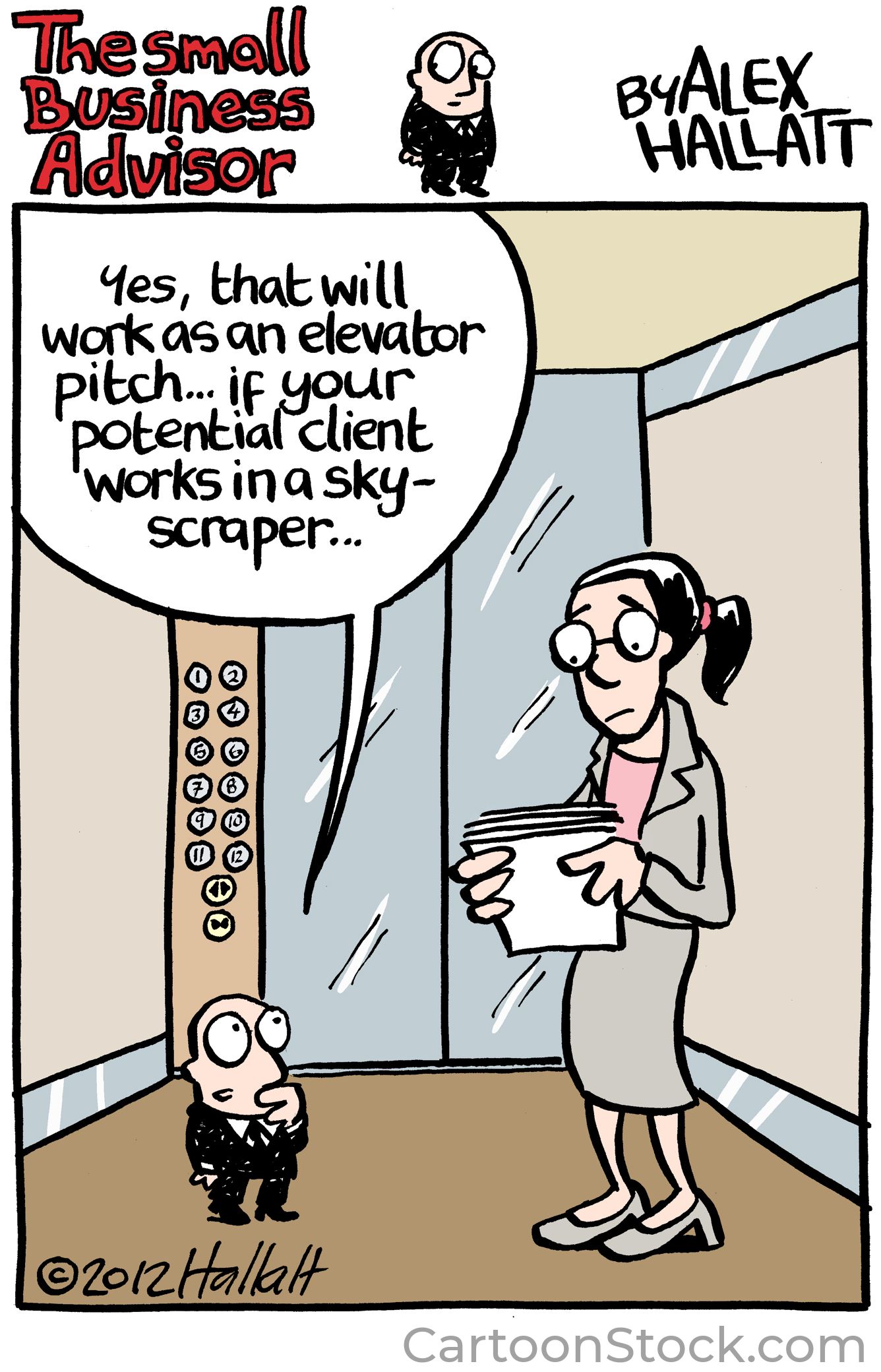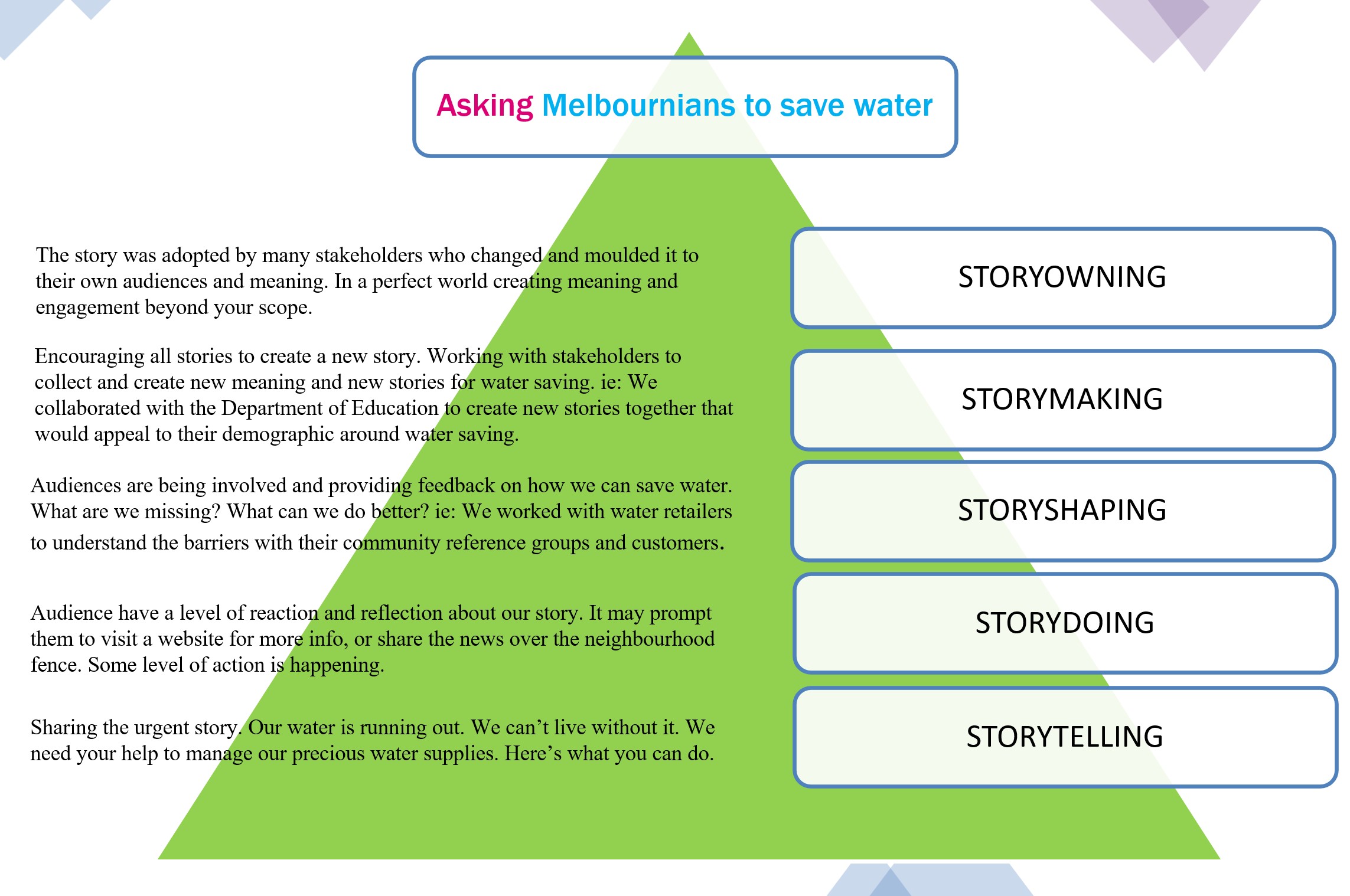Beyond Storytelling

With Rachael Edginton | Plum Communication, IAP2A Trainer.
Q: What do you call an organisation without stories?
A: You don’t call.
Storytelling is not enough.
As a journalist and communication professional I absolutely love stories.
I have spent my career creating content that captures imagination and attention. I have wiled away many hours crafting the perfect “corporate narrative” (sorry, even writing that jargon hurts) and getting key messages out there. Making sure they cut through the glut of information competing for the ears and eyes of our desired audiences.
This type of storytelling is a process we can all learn. My journalism degree was built on the who, what, why, when, how model. This is solid, functional one-way-news-story-telling. Necessary to ensure clear and concise (sometimes creative) information is delivered to target audiences. It holds an important place when we need to inform.
However, this type of storytelling is communication. It is NOT engagement. If we want to encourage more authentic engagement, with the human beings that make up our audiences, we need to go beyond 101.
Newsflash: Stories are not just about telling. They are about connecting.
I have learned that a really great story (the kind that hijacks our attention) has emotion, creativity, interesting characters and usually some form of quest or problem to solve.
This makes storying the perfect accompaniment to engagement. We always have a problem to solve, and, let’s be honest, the journey usually involves a few interesting characters. So why are some organisations still trying to capture hearts with painfully detailed, process-driven technical speak…. Sigh…
Imagine a life not being able to tell and receive stories? Without storying how would we create meaning from our history, understand our present or create our future?
Humans need to attribute meaning to organise their interpretation of the world around them.
We are unique in this capacity and stories are a distinctly human invention to share and gain understanding. Some behavioural scientists refer to humans as the story animals.
Storying is how we connect with ourselves and others. It is essential to our survival, our mental health, our purpose and our need to belong and deepen relationships. It’s also how we are entertained and where we can find joy, sorrow and emotional release.
Stories are everywhere.
We are bombarded with stories in our everyday lives.
From our child coming home from school and sharing their grazed-knee-adventure, to the “before and after” advertisements on TV, or the friend who treats you to a delicious slice of gossip with your morning latte.
The way I named my business PLUM Communication is a beautiful story. I was leaving my safe, secure job as Corporate Affairs Director at Cadbury Schweppes to start my own business and spend more time with my 3 young boys.
One sunny morning I found myself on the back porch, watching in amused horror as my boys happily splattered the fence, and each others faces, with ripe plums from our overgrown tree. 20 years later, PLUM Communication still represents freedom and family. The name evokes pure joy for me.
Storying and Engagement.
Some of the most successful engagement programs I have seen involve the creation of compelling storying. Sometimes organisations do this really well. They get creative, grab attention and inspire action, involvement – and even revolution! Other times their storying can seem bland, boring and transactional and they might inspire, at best, rolling of the eyes.
The receiving of stories is also important, though often mistaken for feedback that can be filed away for easy retrieval. Taking time to listen to stories however, and to delve into story shaping and story making with audiences, can lead to nuggets of wisdom, common ground and greater trust.
Remember: Feedback is for collection, but stories are for connection.
The PLUM Story Pyramid.
Authentic engagement relies on connection. And one of the most successful ways to connect is to ensure you are creating the right story.
The PLUM Story Pyramid can be used to guide levels of story engagement. It is based on the IAP2 Spectrum and notes the most basic level is storytelling. At this level we are telling. Not engaging. At this level we are informing and campaigning. The PLUM Pyramid encourages organisations to extend their level of story to create deeper connections with their communities and stakeholders.
The Story Pyramid, OUR WATER OUR FUTURE Case Study.
For more information about the PLUM Story Pyramid contact Rachael Edginton, MD, PLUM Communication.




